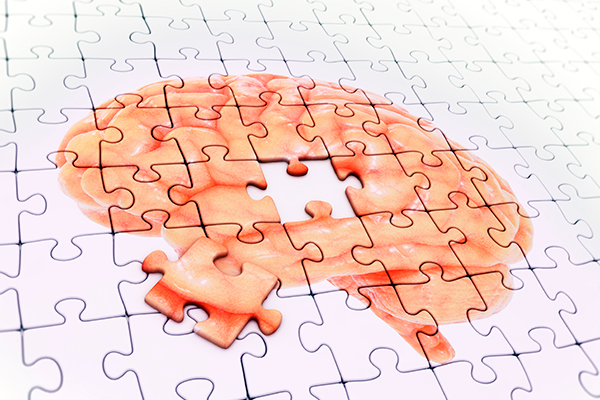Abstract
The hippocampus is critical to the temporal organization of our experiences. Although this fundamental capacity is conserved across modalities and species, its underlying neuronal mechanisms remain unclear. Here we recorded hippocampal activity as rats remembered an extended sequence of nonspatial events unfolding over several seconds, as in daily life episodes in humans. We then developed statistical machine learning methods to analyze the ensemble activity and discovered forms of sequential organization and coding important for order memory judgments. Specifically, we found that hippocampal ensembles provide significant temporal coding throughout nonspatial event sequences, differentiate distinct types of task-critical information sequentially within events, and exhibit theta-associated reactivation of the sequential relationships among events. We also demonstrate that nonspatial event representations are sequentially organized within individual theta cycles and precess across successive cycles. These findings suggest a fundamental function of the hippocampal network is to encode, preserve, and predict the sequential order of experiences.
Introduction
In humans, the hippocampus is known to play a key role in the temporal organization of memory and behavior. This includes our ability to remember when past experiences occurred1,2,3,4, but also extends to our ability to use information about past experiences to imagine or predict future outcomes5,6. Considerable research indicates that this capacity is conserved across species and applies across spatial and nonspatial modalities3,4,6, yet the neural mechanisms supporting it remain poorly understood. The emerging conceptual framework suggests that the propensity of the hippocampal network to generate and preserve sequential patterns of activity may underlie this fundamental capacity4,6,7,8,9,10, a view supported by two main lines of electrophysiological evidence. First, hippocampal ensemble activity tends to exhibit sequential firing fields during the presentation of nonspatial stimuli or inter-stimulus intervals (also known as “time cell” activity)11,12,13, which has been shown to provide a strong temporal signal within such task events14,15. Second, hippocampal neurons have been shown to code for sequences of spatial locations under different experimental conditions6,16,17,18. Of particular interest here is evidence that hippocampal activity can represent sequences of previous, current, and upcoming locations when animals run on a maze19,20,21,22,23 or pause at a decision point (vicarious trial-and-errors)24, conditions in which the hippocampal network displays prominent theta oscillations and is thought to be engaged in online processing of upcoming decisions and goals6,9. However, the key piece of evidence directly linking this sequence coding framework with our fundamental ability to remember and predict event sequences across spatial and nonspatial modalities remains missing. Specifically, it is critical to demonstrate that these coding properties: (i) extend to sequences of nonspatial events unfolding over several seconds, as in daily life episodes, and (ii) are linked to the successful retrieval of such event sequences.
To address this important issue, we recorded hippocampal ensemble activity as rats performed a challenging nonspatial sequence memory task with established parallels in humans25. Taking advantage of this unique behavioral approach, we began by examining how the organization of sequential firing fields varied throughout this extended sequence of discontiguous events (series of odor stimuli). We then developed statistical machine learning methods, including deep learning approaches, to reveal the sequential structure in which the representations of different types of information varied within individual stimulus presentations (i.e., within 1.2 s). We present compelling evidence of nonspatial forms of sequential organization and coding in hippocampal ensembles linked with correct sequence memory judgments. First, we found that hippocampal ensembles provided significant temporal information during individual stimulus presentations, which was primarily stimulus-specific but also reflected sequential relationships among stimuli through a temporal lag effect, and that this temporal coding extended across the full sequence of stimuli unfolding over several seconds. Second, using a latent representation learning approach, we also found that the ensemble activity simultaneously and sequentially differentiated distinct types of trial-specific information within stimulus presentations, including the stimulus presented, its temporal order, and whether the animal correctly identified the trial type. Third, using a neural decoding approach to quantify the decoding probability of each stimulus in the sequence, we discovered that the sequential relationships among these nonspatial events (separated by several seconds in real time) were reactivated during individual stimulus presentations (within 1 s), providing direct evidence that theta-associated forward reactivation extends beyond the domain of spatial information. Finally, using a simpler decoding model with a higher temporal resolution, we found that these sequential relationships can even be compressed within a single theta cycle, that the information represented by individual neurons precessed across cycles, and confirmed the sequential reactivation pattern within trials observed with the previous model. Collectively, these results suggest a fundamental function of the hippocampus is to simultaneously represent the sequential order of experience not only in real-time, including internal representations of the temporal context of events and of different forms of task-critical information, but also at a higher level of abstraction, including temporally compressed representations extracting task-critical sequential relationships among events separated in time by several seconds. These findings are consistent with, and provide potential neuronal mechanisms for, the critical role of the hippocampus in temporally organizing our past experiences and future behavior.







